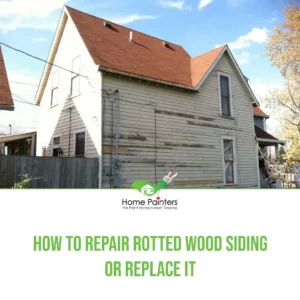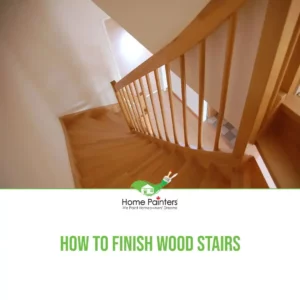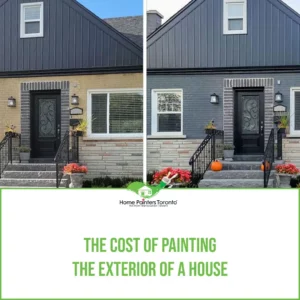Wood rot treatment is crucial to maintaining the health and integrity of your home’s structure. By identifying the type of rot, addressing the source of moisture, and following the appropriate treatment steps, you can effectively combat wood rot and prevent further damage to your home.
This blog will discuss the different types of wood rot, how to identify them, and the most effective wood rot treatment methods to save your wood from further damage.

Wood rot can cause your home to fall apart. It can have adverse effects if not dealt with immediately. There are many prevention methods to explore that can fix the wood rotting. Naturally, wood rot is a decomposition process that turns damaged logs into nutritious soil. Discovering this process in your home can be a very alarming issue. This is because wood rotting can lead to multiple structural damages. Also, it can worsen support beams, roof decking, rotted floors, and much more. The cost of repairing such damage can be tens of thousands of dollars or other words: a very expensive process. As you can imagine, wood is an important building material. Therefore, it is absolutely essential to understand wood rot treatment, which areas of the home it affects, and what you can do to prevent it.
Don’t forget to listen to your gut if you think you can’t quite handle wood rot treatment yourself. This might be a job for house painters and repair experts instead.
The Cause of Wood Rot
Wood rot decays when combined with moisture and fungi. When the wood is damp, that is when the fungi develop. Fungi exist in soil and the air around us and there are five million types of them. Hence, it is pretty difficult to escape it. In addition, there are many types of fungi, such as mushrooms and yeast, that are helpful. The other types are quite destructive. There are three main types of fungi that trigger wood rotting.
Three Types of Fungi That Trigger Wood Rot
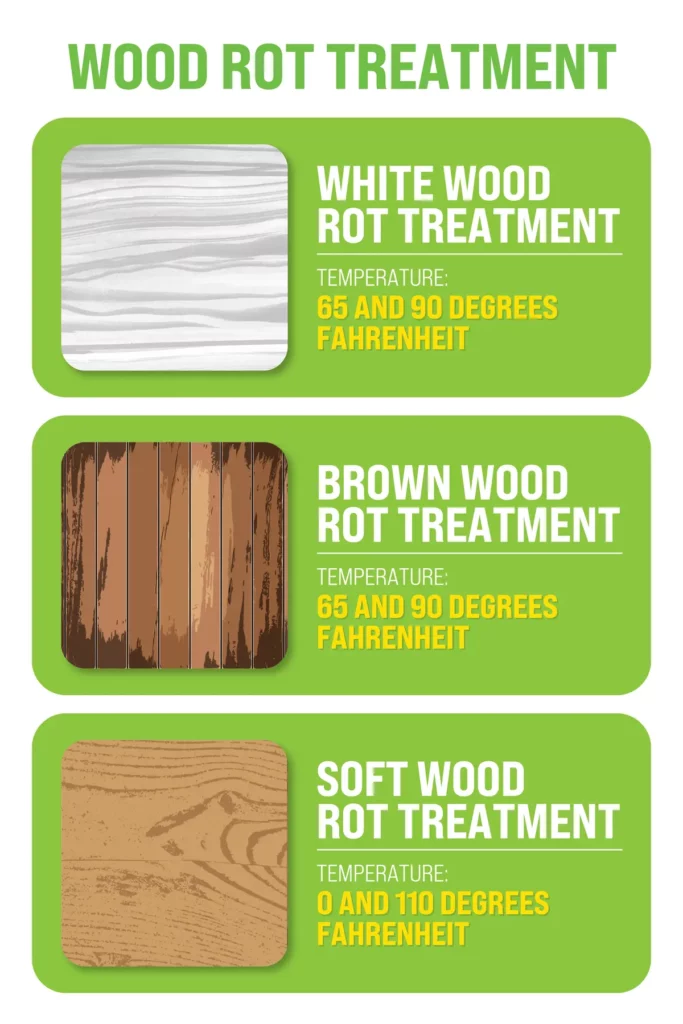
1. White Rot: If the wood is a yellowish or whitish colour or feels like a sponge, it is considered white rot. White rot happens when the temperature is 65 and 90 degrees Fahrenheit.
2. Brown Rot: The surface on the wood is dry (called “dry rot” sometimes) and targets cellulose in the wood structure. The cellulose is destroyed, and the wood shrinks and turns brown in colour. When brown rot exposes to temperatures ranging from 65-90 degrees Fahrenheit, it starts to grow and spread rapidly.
3. Soft Rot: This rot fungus decomposes wood much slower than brown rot and white-rot fungi. Soft rot flourishes in too-hot and too-cold temperatures ranging from 0 to 110 degrees Fahrenheit.
In addition, this type of fungi breaks down cellulose and leaves the wood with a honeycomb appearance. Although it does not usually appear in homes and mostly in trees or fallen logs, it could affect your home if the conditions are right.
Areas of the Home Wood Rotting Affects
Exterior Doors: Any area that allows water into your home is a main spot for wood rot. This includes any gaps or cracks between a door and its siding. The rot is usually located when a homeowner installs a new door to replace an old door frame.
Outdoor Decks: Some decking boards are water-resistant but not fully waterproof. This means that over time, the wood can rot. Water can become trapped under painted balusters. Also, fungi most likely will grow when the water doesn’t dry.
Wet Rooms: Rooms with plumbing or a water heater, such as kitchens, bathrooms and laundry rooms, have a high risk of wood rot. This is because leaking can occur, allowing wood rot to flourish.
Damaged Roofing: Missing shingles can allow water to enter and, over time, lead to wood rotting in the roof.
Windows: Windows in today’s age is meant to prevent leaks, but it only takes a tiny gap for all that to go out the window (pun intended). Rain can then effortlessly ooze through and cause the wood to saturate. The wood not being exposed to sunlight or air is a problem because the wood is damp. Therefore, fungi grow and cause significant risks to your home.
Basements: This area of the house welcomes high humidity levels and moisture. Also, the concrete walls have moist soil, hence the moisture that develops. With the high humidity levels, water vapour can become prevalent on the wall surfaces and ceiling. This is not good. With wood rotting into the mix, it can potentially go unnoticed, causing structural damage.
Checking your home for wood rot should be a yearly occurrence. A great time to do it would be during your pre-winter weatherproofing tasks. You will need to use a flashlight and a long-handle screwdriver.
Three Types of Fungi That Trigger Wood Rot
To treat wood rot effectively, it is essential to identify the type of rot and the extent of the damage. Some common signs of wood rot include:
- A musty, damp smell
- Discolouration of the wood
- Soft, spongy texture
- Crumbling or cracking wood
- Fungal growth or spore dust
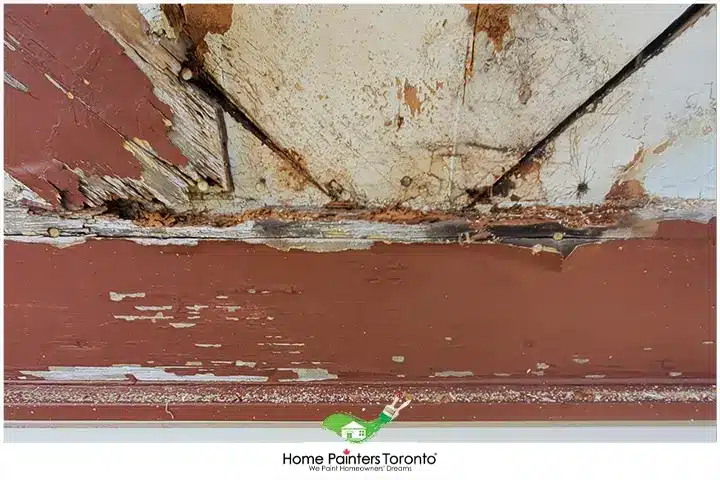
How to Find Wood Rot?
- Inspect your walls, floors beneath the sink, and the surrounding area of your tub and shower for wood rotting. If you see any mould, the wood floor plates behind the wall are at risk for wood rot. If you want to know for sure because it’s important, you would have to remove the wallboard and check the wood behind it.
- Using your flashlight, check the basement/attic for discoloured wood. If this occurs, use your screwdriver to see if the wood has softened. The prime spots for wood rot would be the underside of the roof decking and where the wood connects at the top of the roof.
- If your home contains wood siding, examine the siding beneath the windows for signs of discoloration and swelling. Paint can easily hide wood rotting, so use the screwdriver’s tip to poke the wood siding. If the wood is solidified, there is no wood rot. In contrast, if the wood has softened, you, unfortunately, are looking at a wood rot complication.
Wood Rot Repair and Treatment
Repairing wood rot is crucial in maintaining your home’s structural integrity. By following these steps, you can effectively repair and prevent wood rot, ensuring the longevity of your home.
1. Remove the Source of Moisture
The first step in treating wood rot is to identify and eliminate the source of moisture. This may involve fixing leaks, improving ventilation, or addressing any other issues causing dampness in the affected area.
2. Remove Damaged Wood
Once the moisture problem has been addressed, removing any wood severely damaged by rot is essential. Use a chisel or saw to cut away the affected wood, ensuring that you remove all the rot and a few centimetres of healthy wood surrounding it.
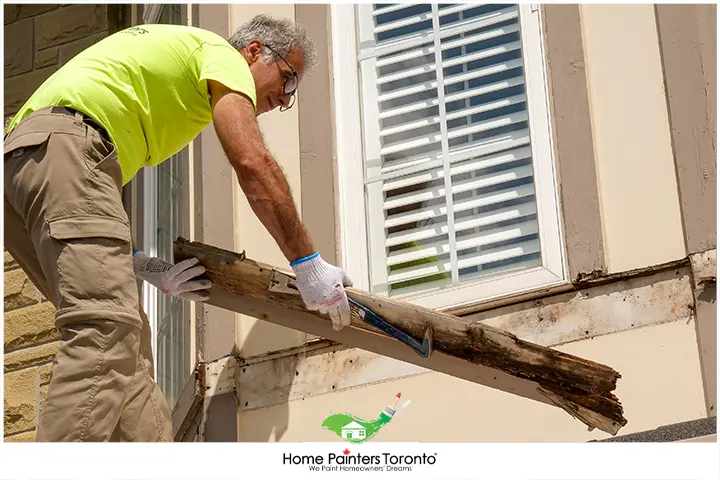
3. Apply Wood Hardener
For wood that is not severely damaged, you can apply a wood hardener to strengthen the remaining wood fibres and prevent further decay. Follow the manufacturer’s instructions for the proper application and drying time.
4. Apply Wood Filler or Epoxy
Once the wood hardener has dried, you can use a wood filler or epoxy to fill in any gaps or holes left by the removed rot. This will help to restore the wood’s structure and provide a solid surface for painting or finishing.
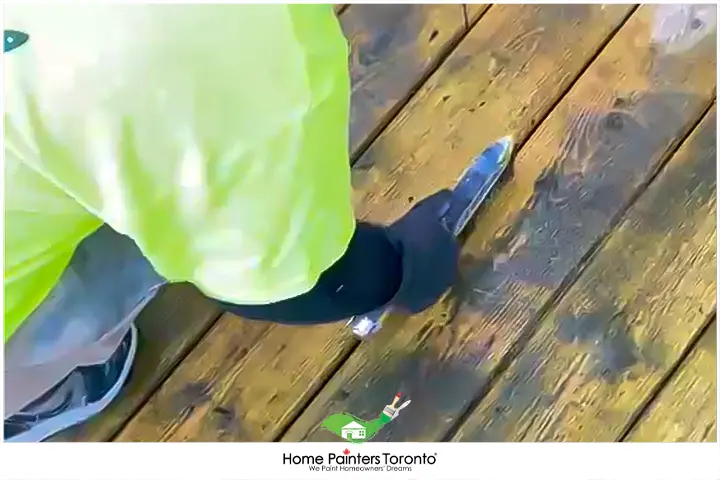
5. Sand and Finish
After the wood filler or epoxy has dried, sand the area smoothly and apply a primer, paint, or wood finish to protect the wood from further damage.
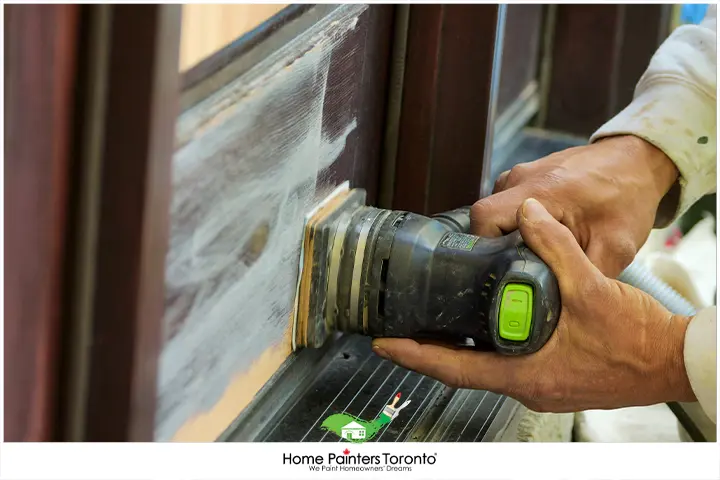
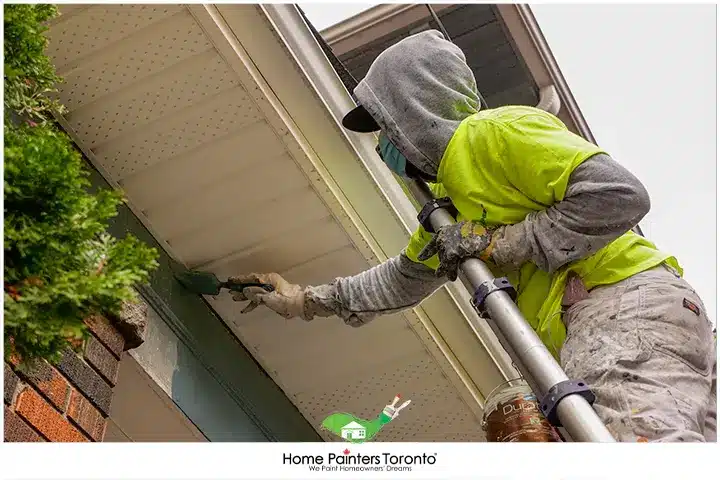
Fungus Wood Rot Treatment
There are several treatment options for fungus wood rot. One of the simplest ways to treat wood decay fungus is by applying a fungicide or anti-fungus agent, such as Borate. Fungicides are available in two types: professional-grade products for large areas and ready-to-use products that can be applied with a brush or low-pressure sprayer.
To apply a fungicide for wood rot:
- Remove any loose or decayed wood and clean the area thoroughly.
- Apply the fungicide according to the manufacturer’s instructions, ensuring the entire affected area is covered.
- Allow the fungicide to dry completely before painting, staining, or sealing the wood.
Preventing Future Problems of Wood Rotting
Prevention is the most important thing when it comes to wood rot treatment. Preventing wood rot will not cost you a single penny. Having to fix it, though, is lots of money. Below are things you should consider to help keep your wood and home away from fungi.
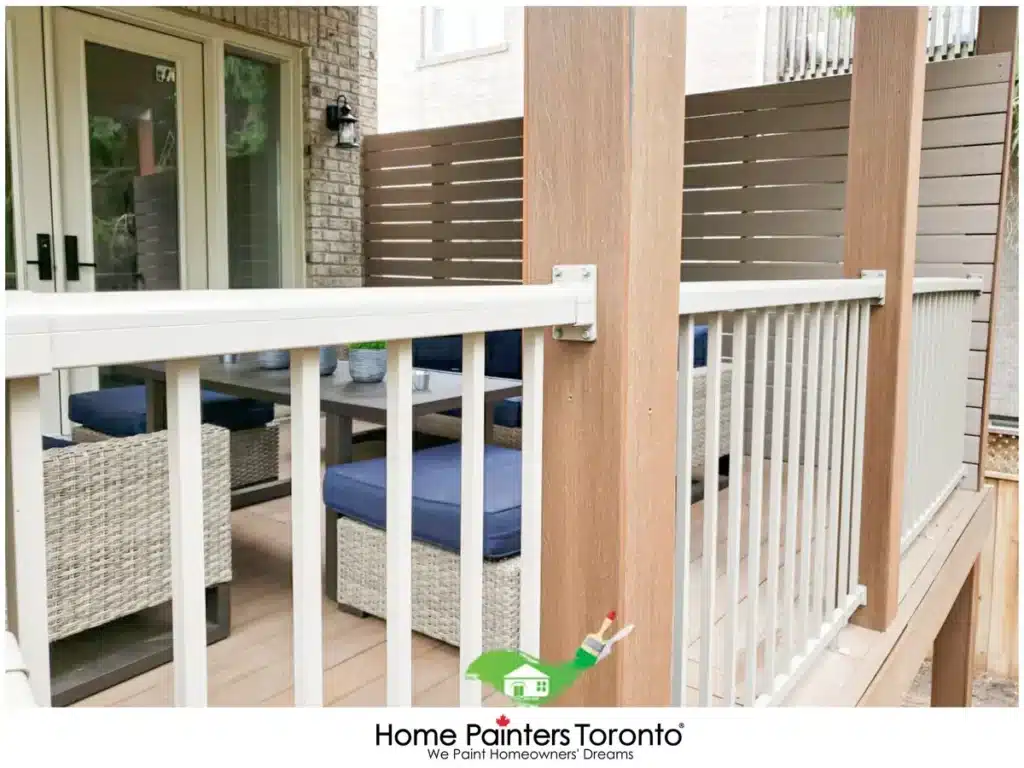
- Clean your gutters regularly, preferably twice a year.
- Protect all cracks and gaps around all windows and exterior doors using caulk.
- Invest in a good dehumidifier for your basement or any room that causes high humidity.
- If the paint is cracking or peeling, repaint exterior windows.
- If stagnant water from the deck is visible, sweep it as soon as the rain stops.
- To keep the rain away from the doors, add a covered entryway.
- Exhaust fans in bathrooms are pivotal to removing steamy air from hot showers.
Once you consider these preventions, wood rot treatment will be kept away from your household and high-risk areas. It is also important to note that if wood rot is visible, try to deal with it immediately, as it can severely affect your home. Remember, prevention won’t cost you a thing!
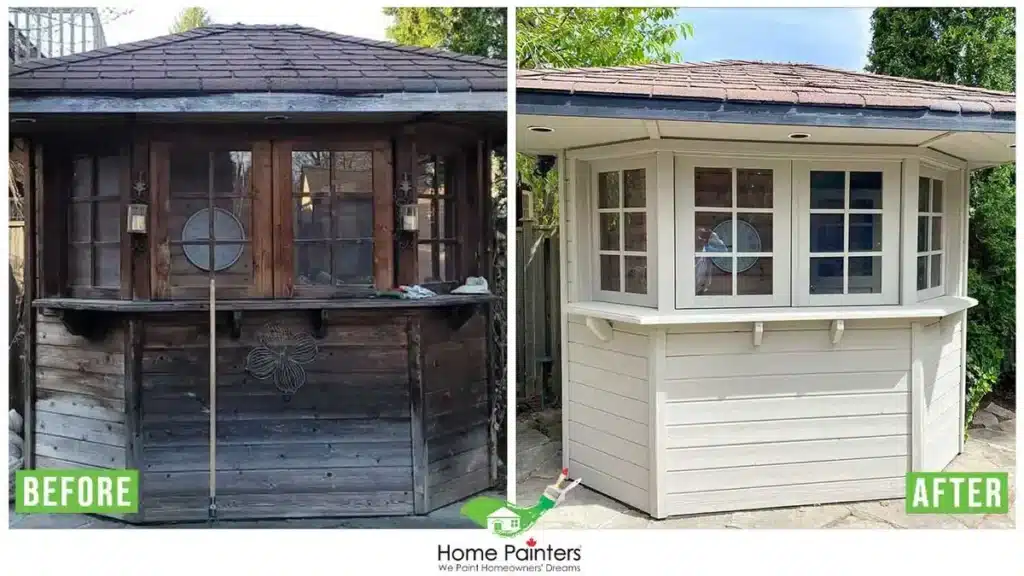
More Interesting Blogs Related to
“WOOD ROT TREATMENT”
Looking for someone else to handle all the exterior painting work for you? You need some residential house painting services who will get the job done fast and right! Give us a call at 416.494.9095 or email [email protected] for a FREE quote. And don’t forget to follow us on all our social channels below!


